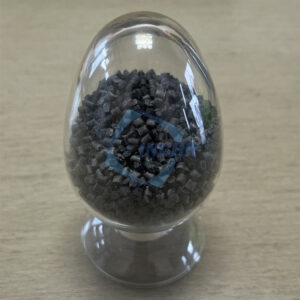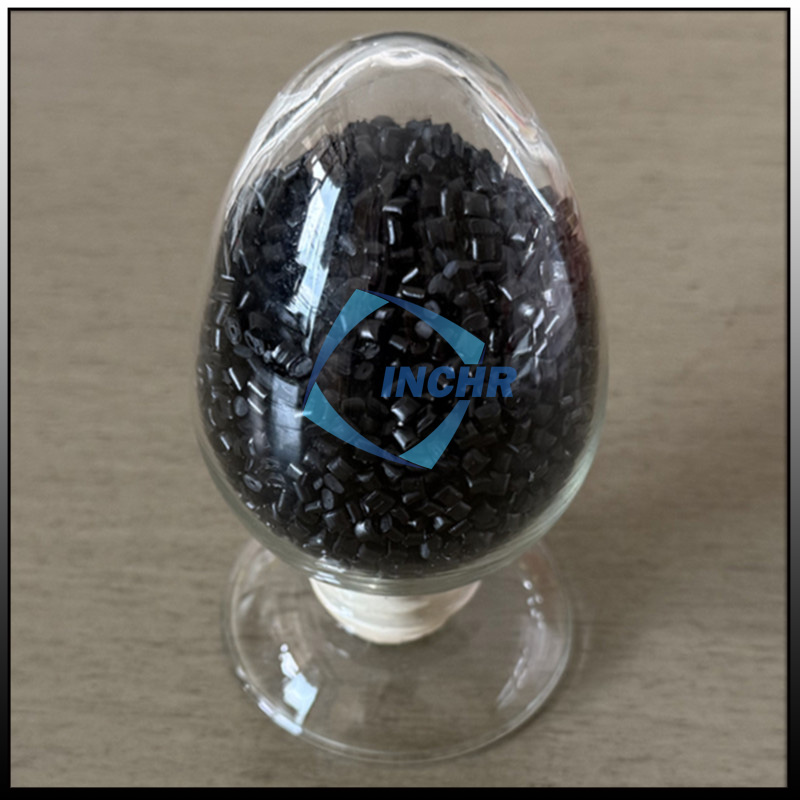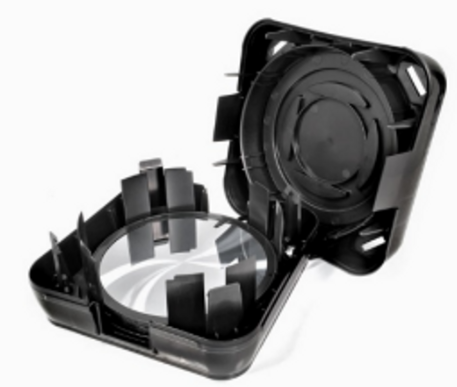ESD PEEK is a polyetheretherketone (PEEK) material with antistatic properties. PEEK is a high-performance special engineering plastic with excellent high-temperature resistance, chemical corrosion resistance, high mechanical strength, wear resistance, and other properties. ESD PEEK is made by adding antistatic agents to PEEK resin or performing special surface treatment to make it have a certain conductivity or static dissipation ability, thereby reducing or eliminating the accumulation of static electricity.
Common models of ESD PEEK are Tepla® T7000 ES (antistatic PEEK), and Tepla® T7000 EC (conductive PEEK). Through modification, customers can also be provided with PEEK materials with a variety of properties to meet different performance combination requirements.
Advantages of ESD PEEK
- High-temperature resistance: It can be used at high temperatures, with a heat deformation temperature of more than 300°C (572°F), and can maintain stable mechanical and chemical properties within the temperature range;
- Chemical corrosion resistance: PEEK is insoluble in any solvent except concentrated sulfuric acid and has high chemical stability;
- Physical and mechanical properties: It has good toughness and rigidity, and has excellent fatigue resistance comparable to alloy materials;
- Lightweight and good dimensional stability;
- Inherent flame retardancy;
- Electrical insulation and electrical stability;
- Self-lubricity and wear resistance.
In practical applications, ESD PEEK can be used to manufacture parts that need to be antistatic or conductive, such as electronic equipment, automotive parts, chemical equipment, etc.

Chemical corrosion resistance of ESD PEEK
ESD PEEK has strong chemical corrosion resistance, second only to polytetrafluoroethylene, and can resist damage that may be caused in a chemically corrosive environment. The following are the chemical corrosion resistance characteristics of some common engineering plastics:
- Polyamide (PA): has good chemical corrosion resistance and heat resistance, but is easily corroded by certain acids and alkalis.
- Polycarbonate (PC): has certain chemical corrosion resistance. At room temperature, it will not dissolve and cause performance changes when subjected to the following chemical reagents for a long time. However, formic acid and acetic acid have a slight corrosive effect on it.
- Polyimide (PI): has excellent high-temperature stability and electrical insulation properties, can be used for a long time at 260°C, and has good radiation resistance at high temperatures.
- Polyurethane (PU): It has good wear resistance, impact resistance, and corrosion resistance. It can maintain high elasticity and strength in a wide hardness range, excellent wear resistance, oil resistance, fatigue resistance, and vibration resistance, and has the reputation of “wear-resistant rubber”.
- Polyphenylene sulfide (PPS): It has excellent chemical corrosion resistance, high-temperature resistance, and wear resistance. It is insoluble in any solvent below 200°C. In addition to strong oxidizing acids, it also has a good tolerance to other acids, alkalis, salts, and other chemical substances.
In general, among engineering plastics, ESD PEEK has excellent chemical corrosion resistance, especially in harsh environments such as high temperature and high pressure. However, the specific chemical corrosion resistance will also be affected by many factors, such as the specific brand of plastics, additives, and use environment. In practical applications, it is necessary to select suitable engineering plastics according to the specific use environment and requirements.




